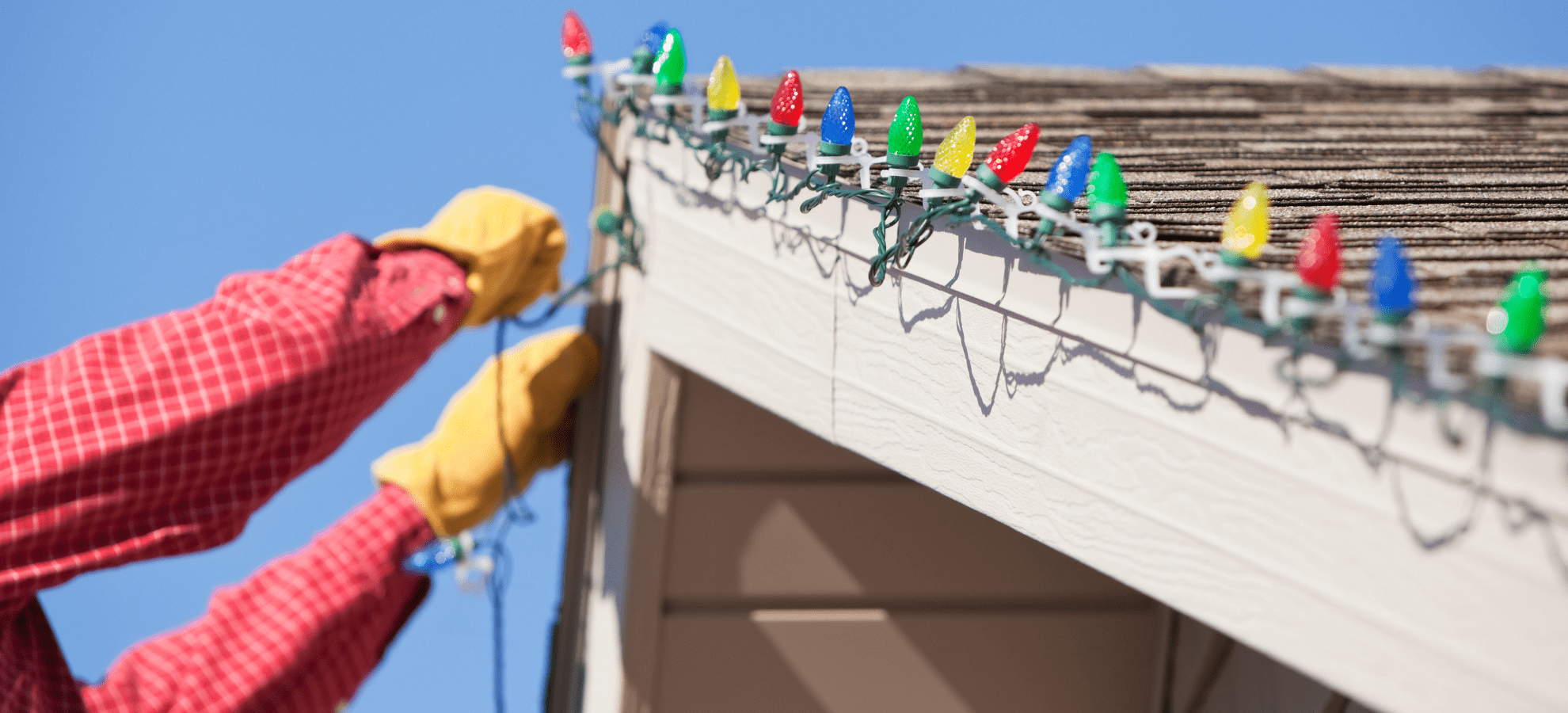The Contentious '70s
by Melissa LaScaleia
Continued from last month. Click here to read Part 4.
During the Vietnam War years, needs abroad for fighter units left the Myrtle Beach Air Force Base without any squadrons.
Air guardsmen were dispersed throughout parts of Europe, Japan, South Korea, and Vietnam as part of the war effort.
It has been argued that the fighter pilots of the Vietnam era who were stationed to serve in Korea had more difficult assignments than those who were staying in Vietnam.
Most who were serving terms in Korea had been taken individually from their original units and then reassigned with unknown troops. Alienated from their unit, and in a foreign place, their morale was severely impacted. The disorganization that ensued was eventually sorted, but caused many time-consuming hiccups along the way.
After the prisoners of the USS Pueblo were released, and Operation Combat Fox subsequently ceased, the 354th Tactical Fighter Wing again returned to duty in Korea.
In Korea, the military realized that the F-100C aircraft was not the optimal choice for the burden placed upon it— that of speed and agility in the event of an attack by the North Korean armies. Moreover, the plane lacked an effective all-weather, air-to-air combat capability— something which was essential for fighting in Korea.
On June 14, 1970, the 354th Tactical Fighter Wing was inactivated at Kunsan, and the following day, re-activated and transferred to Myrtle Beach. The wing was assigned with the new duties of combat crew training in T-33s and proficiency in operating the new A-7D aircraft.
By November, the 355 Tactical Fighter Squadron was reassigned to the 354th TFW; it was the first Myrtle Beach squadron to be equipped with A-7Ds.
The 354th TFW also received the manpower and equipment of the 4556th TFS and the 356th TFS from its deployment in Japan.
In July 1971, the 353rd TFS was also reassigned to the 354th after its deployment in Spain, bringing more A-7D fighter craft as well.
Initially, the aircraft had separate codes painted onto their tails to distinguish one squadron from another. But by 1972, the military abolished this practice and all the tails were designated with a simple ‘MB’ for Myrtle Beach.
In September, squadrons from the 354th deployed into Southeast Asia with their A-7D aircraft in what was called operation Constant Guard VI. This was the first overseas deployment with that particular craft.
The wing was split into two components— Rear and Advanced. The Advanced ran combat operations from Korat, Thailand, and a small number were also stationed at Bien Hoa Air Base in South Vietnam.
While there, personnel from the 354th were responsible for halting enemy supply lines of the North Vietnamese, supported U.S. ground troops, and guarded ally supply ships up the Mekong River to Phnom Penh, Cambodia.
In November, the 354th took over Combat Search and Rescue operations in Vietnam. The 354th TFW earned a Presidential Unit Citation for their courage, prowess, and service during the years 1972 and 1973 in Vietnam.
During the Linebacker II military campaign, they helped with 22 rescues of downed planes and flew over 4,000 combat attacks.
By March 1973, deployed squadrons from the Myrtle Beach Air Force Base were permanently assigned to Korat, Thailand, along with their A-7D aircraft.
To be continued. Click here to read Part 6.

















